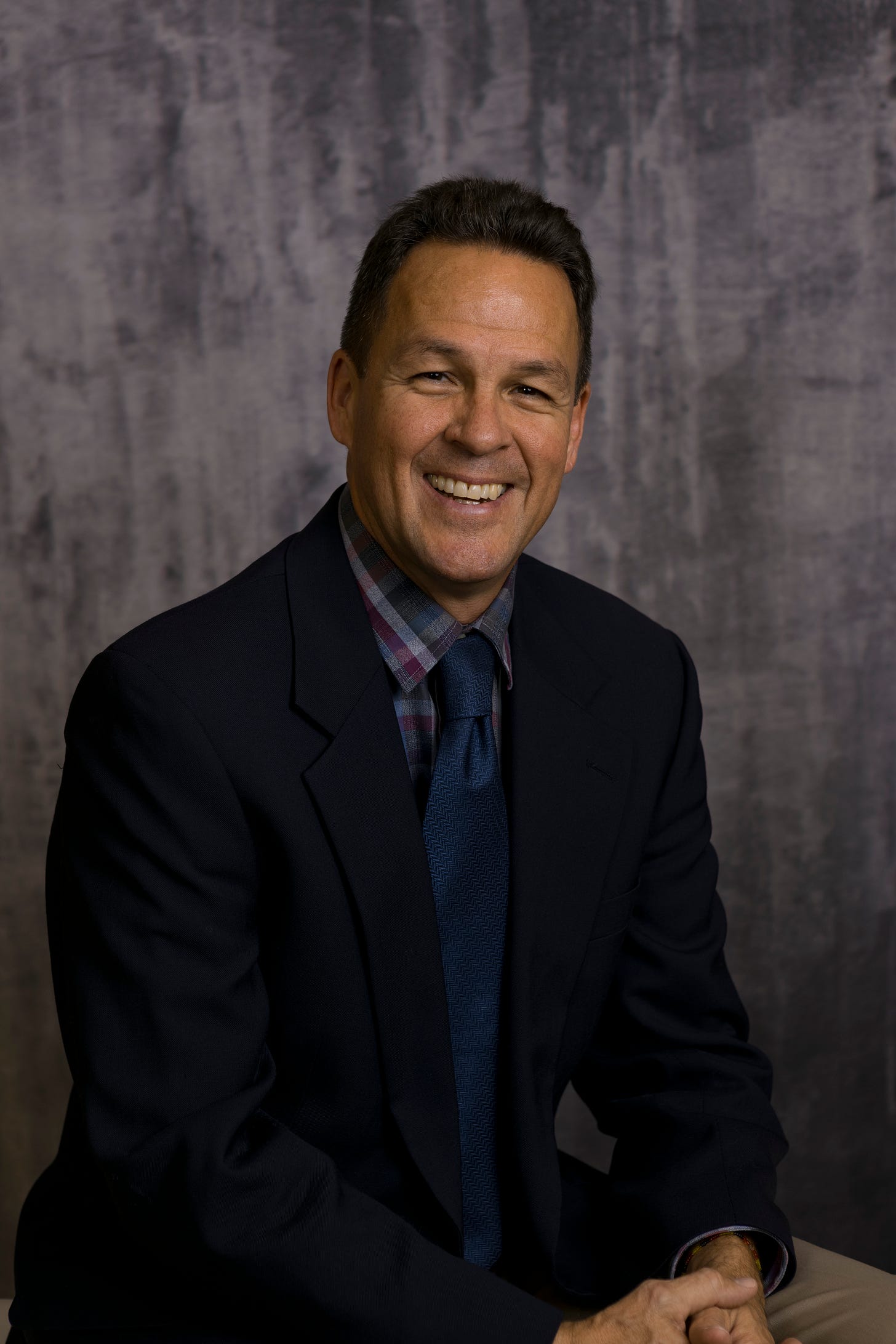VIEWPOINT: School choice and ESAs strengthen education in South Dakota and save public schools, not dismantle them
By Keith Moore, Americans for Prosperity
School bus sightings are one sure sign that class is back in session in South Dakota. Some students onboard, however, may not be getting the most out of the school they’re attending.
In rural parts of the state, many students are craving a more diverse set of schooling options that will unleash their full potential. School choice policies including Education Savings Accounts (ESAs) would fill South Dakota’s education gap by not only ushering in more alternatives to traditional schooling tailored to individual students, but by improving public schools already in existence.
Just this year, the South Dakota legislature proposed a bill that would have established an ESA program, providing students with vouchers to attend accredited nonpublic schools. Similar legislation caused private school enrollment to double in Arizona and Florida in the last two decades. Families in states with successful school choice policies have the freedom of using ESAs to pay for private tutors, online classes, or textbooks that cater to their students’ unique learning styles.
COUNTERPOINT: 'School choice' equals vouchers
The bottom line is that ESAs empower students to break out of a one-size-fits-all approach to education, leading to higher high school graduation rates and an increased enthusiasm for learning. Students participating in Washington, D.C.’s Opportunity Scholarship Program, for example, which allows low-income students to attend private schools of their choice, experienced a whopping 21 percentage point increase in graduation rates.
ESAs also offer a creative antidote to COVID-19 pandemic learning loss experienced nationwide. Social isolation, increased screen-time, and a lack of prompt feedback caused steep learning loss that tailored instruction might have prevented. Over the past three years, students’ math and reading scores have fallen to the lowest levels in decades, according to the National Assessment of Educational Progress (NAEP). Even in Massachusetts, the state that once boasted the highest rates of K-12 student achievement, student test scores have reached a 19-year low.
These dismal numbers do not imply that public schooling should be abandoned. Public schools may well be the best choice for some students. And they too can reap the benefits of ESAs.
Public school administrators, for example, would be incentivized to improve their curriculums or increase their prestige to remain competitive in the education market. Class sizes may even decrease in some public schools, giving every student access to more individualized attention from their teachers.
In the long-term, ESAs would not result in a decrease in public school funding, contrary to what many believe. In fact, some public-school systems may even save money from ESA legislation. The reality is that ESAs typically take a portion of the state’s per pupil funding, while the rest goes back to the public school system. This means that public schools could benefit from smaller class sizes while being supported by sustainable and sufficient funding at the same time.
ESAs are also an inclusive alternative to Blaine Amendments, state constitutional provisions that stemmed from a wave of anti-Catholic bias in the late nineteenth century and prevented state school tuition programs from subsidizing private religious schools. The U.S. Supreme Court ruled in Espinoza v. Montana Department of Revenue that states are wrong to exclude families and schools from educational choice programs based on their religious status. As a result, South Dakota now has full authority to use state funds, including ESA dollars, on any schools.
This school year, parents should continue to urge elected officials to support school choice legislation that unlocks the potential of their child, no matter their learning style. Not only will students benefit greatly, but public-school teachers and systems will be alleviated from student enrollment and budget pressures.
Keith Moore is state director for Americans for Prosperity-South Dakota and is an enrolled member of the Rosebud Sioux Tribe.







Americans for Prosperity is an Extremist Right Wing organization founded by the Koch Brothers to further their political agenda of concentrating wealth in a very few hands. ESA will help further the Right Wing cause of destroying public schools.
Note the "would be" in "...Public school administrators, for example, would be incentivized to improve their curriculums or increase their prestige to remain competitive in the education market..."
The so-called "education market" in primary education exists more for the privileged than for the rank-and-file American...